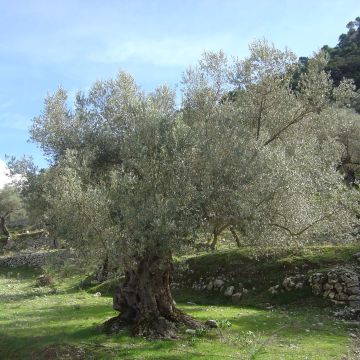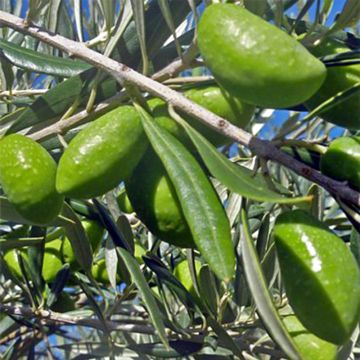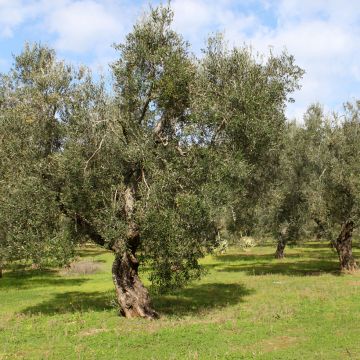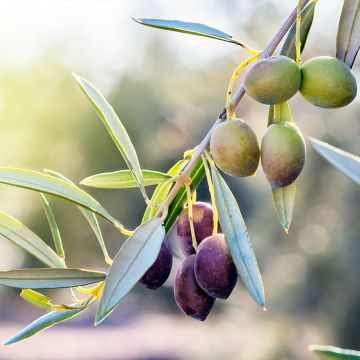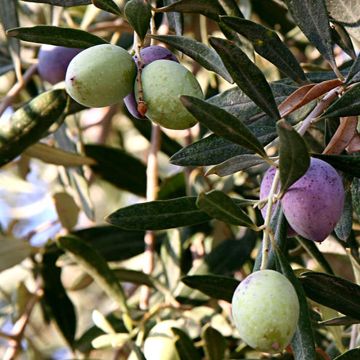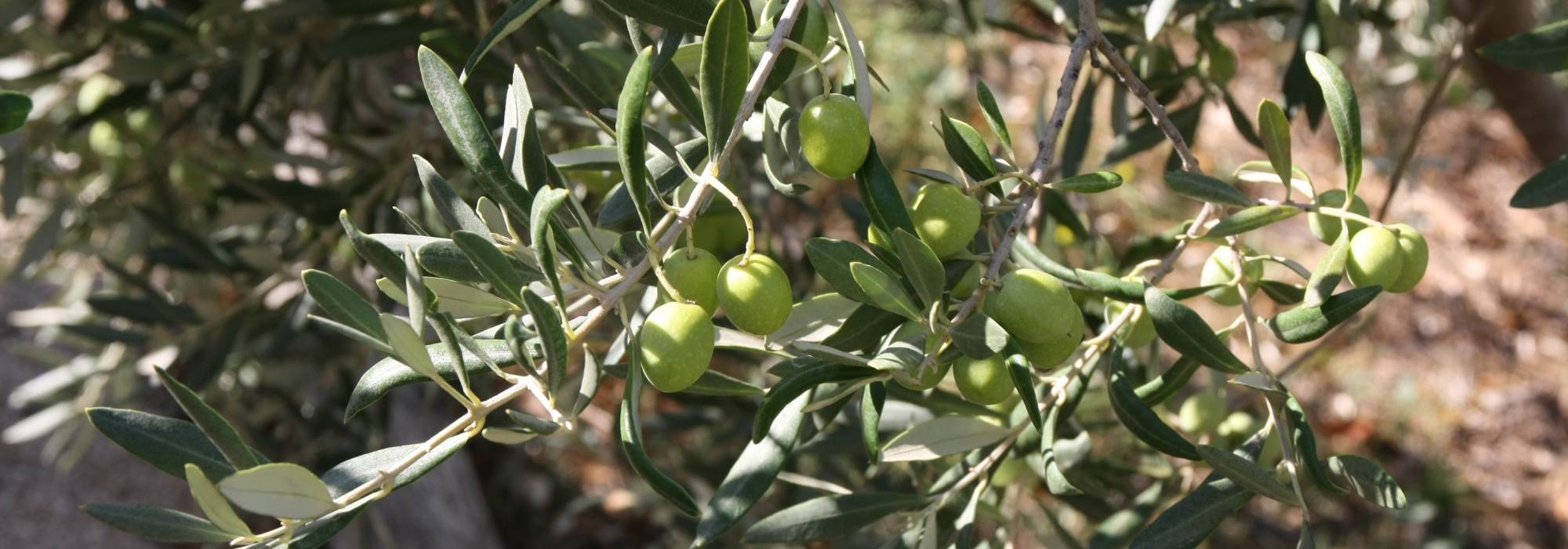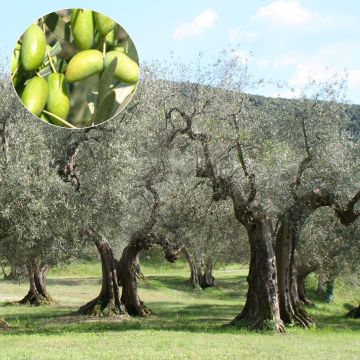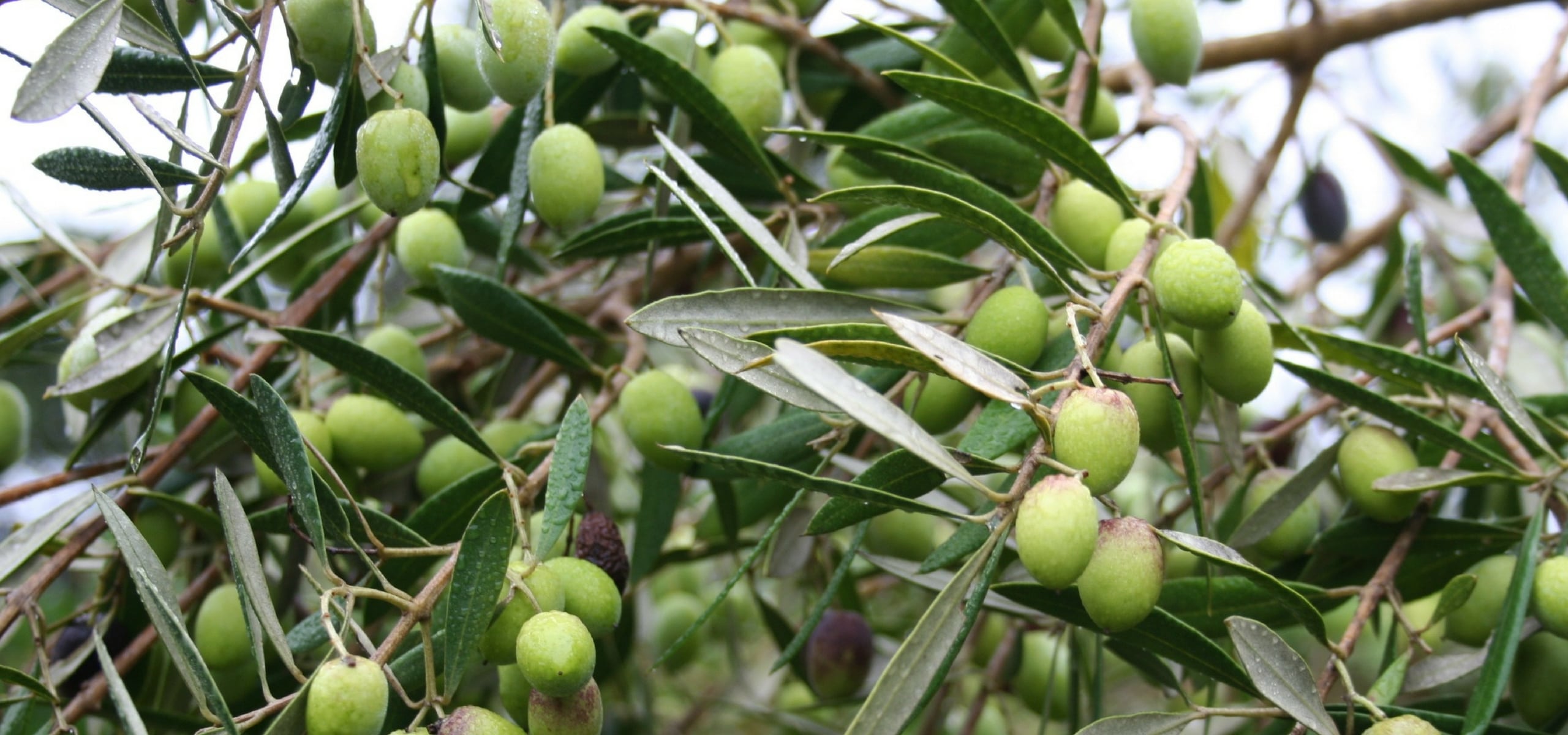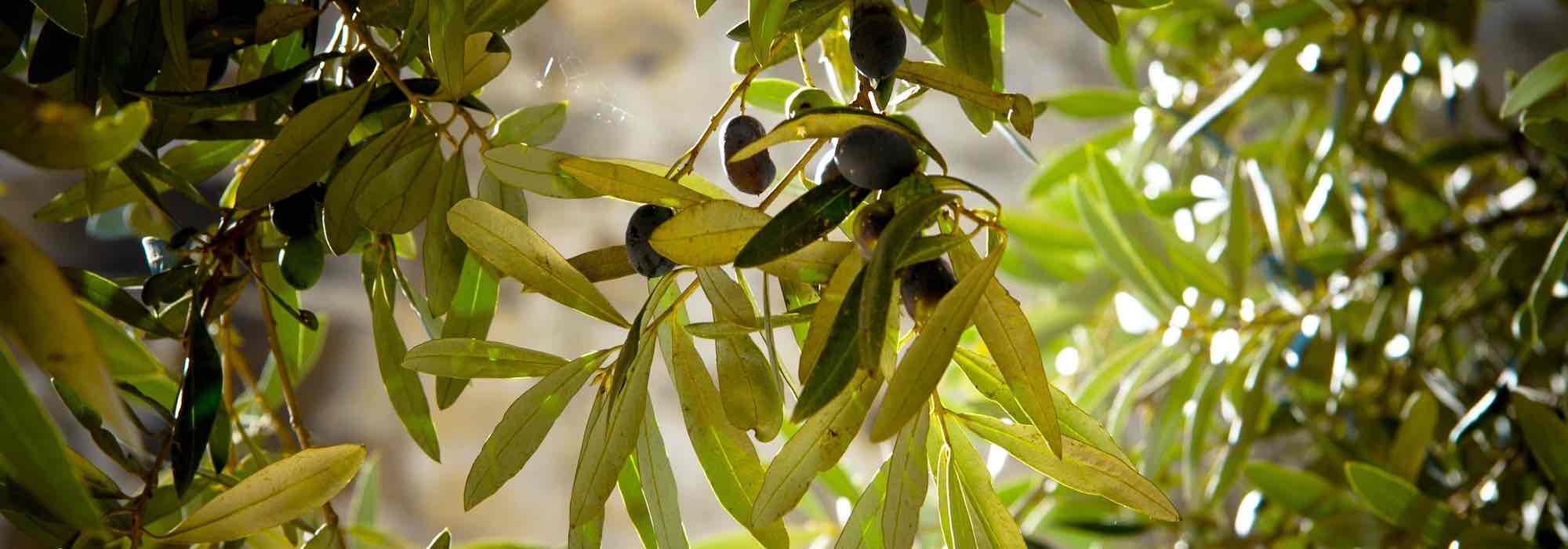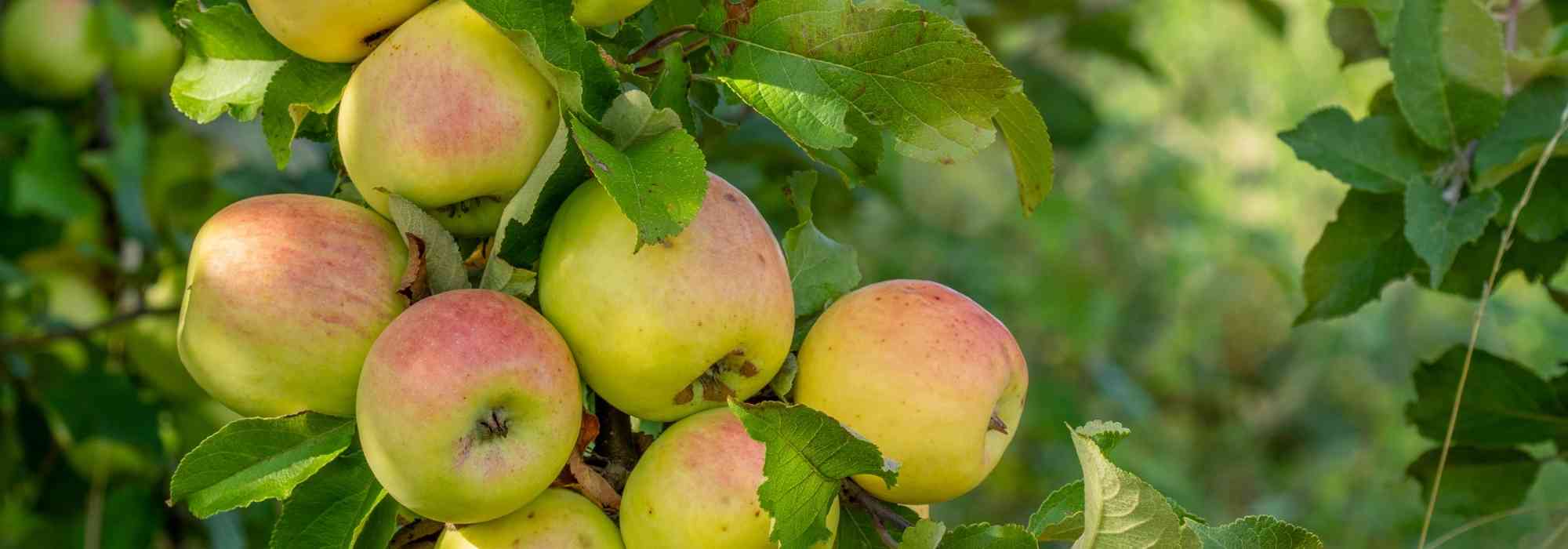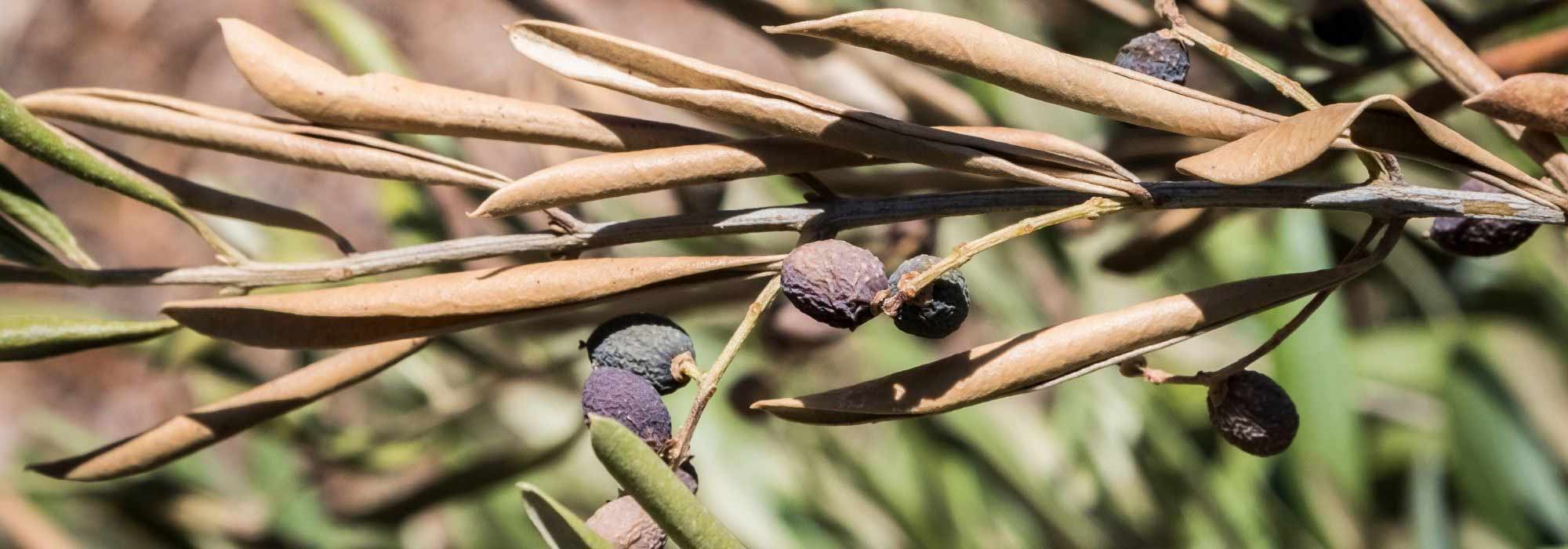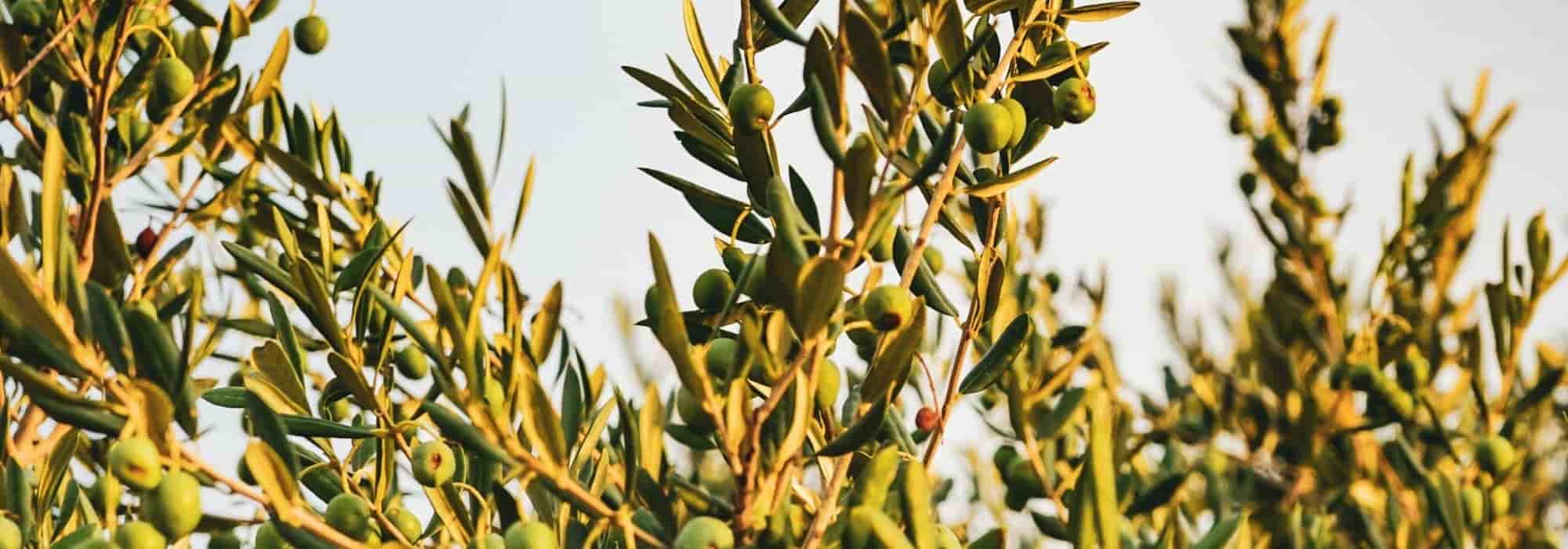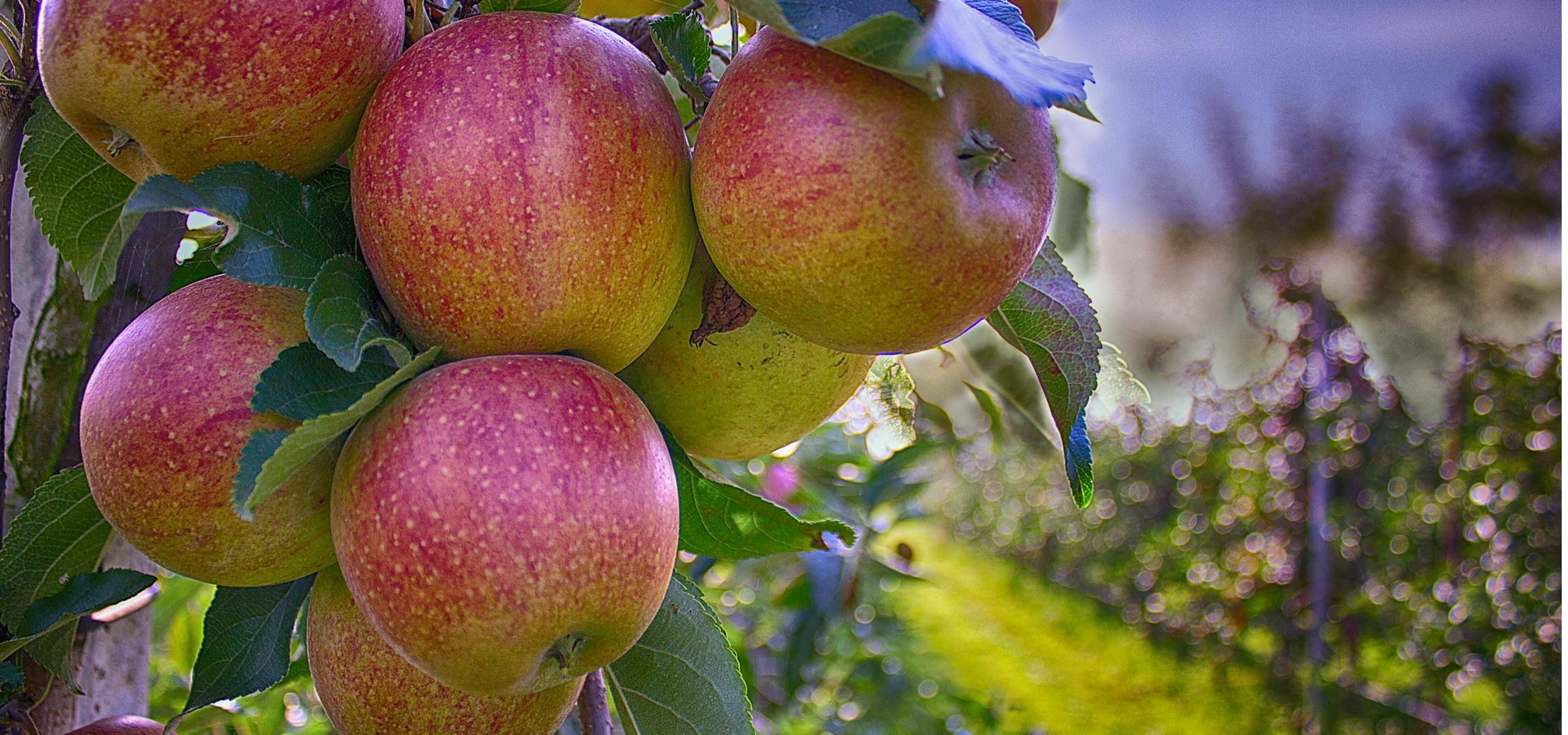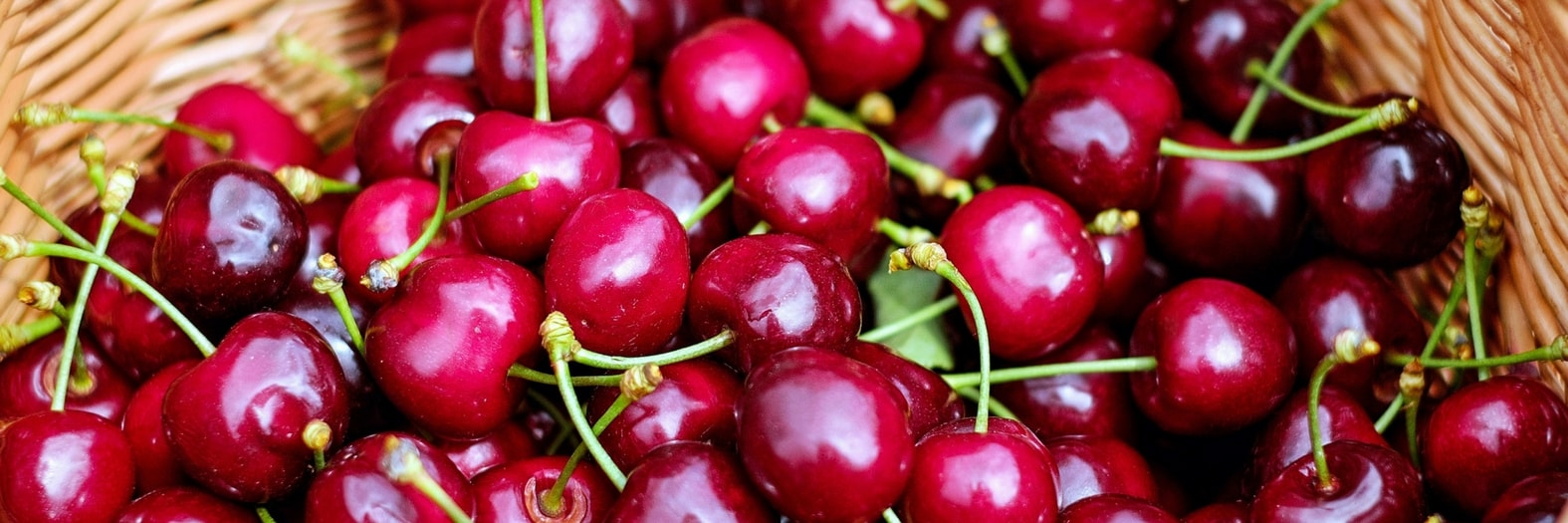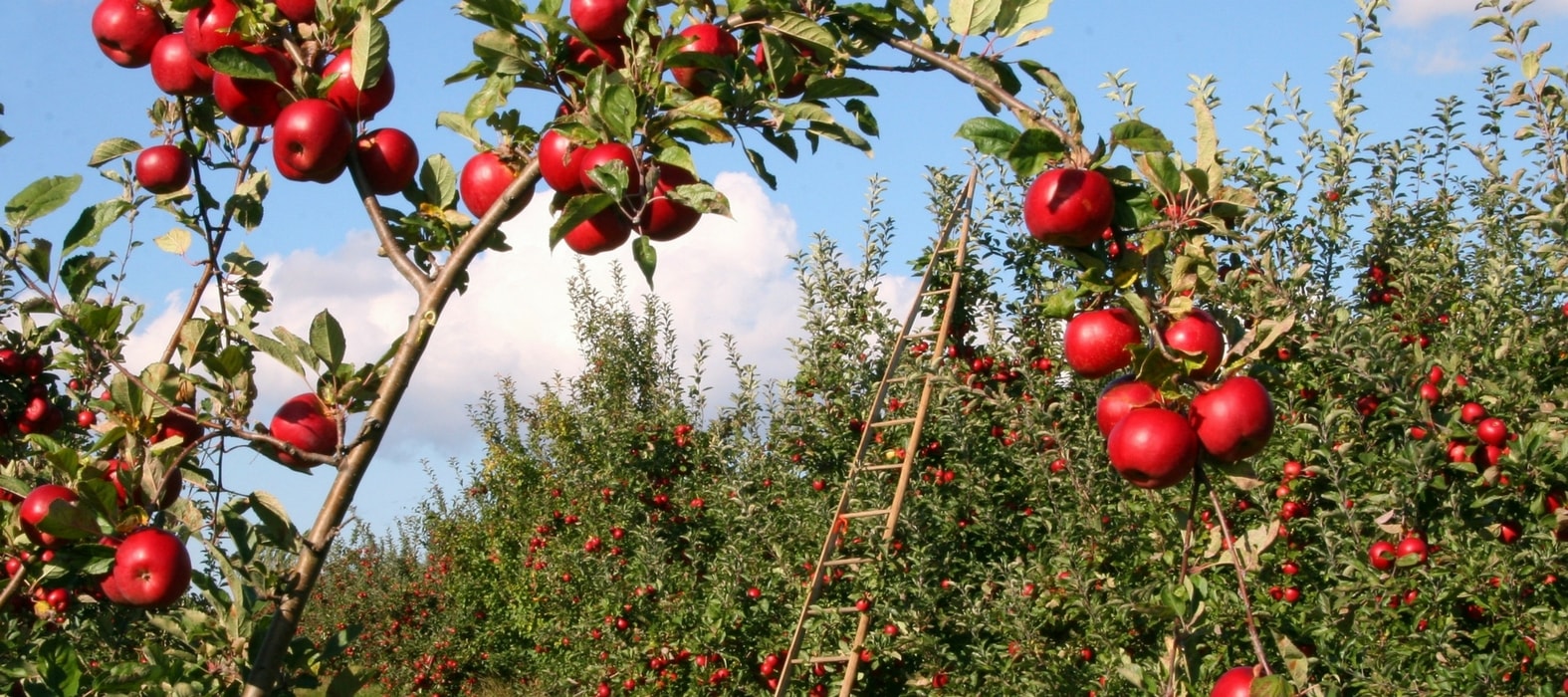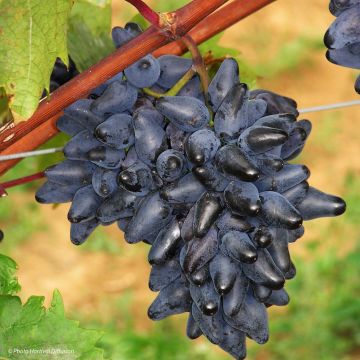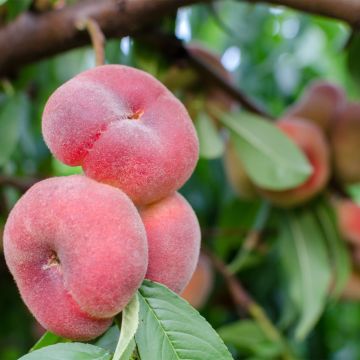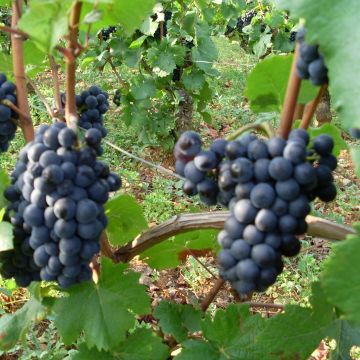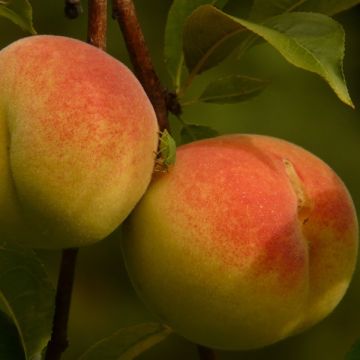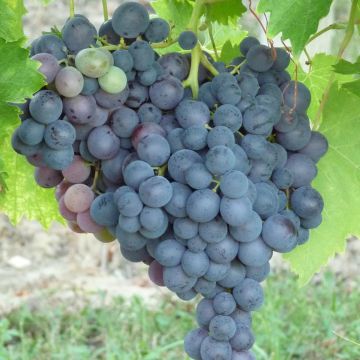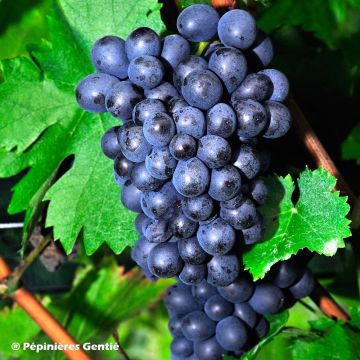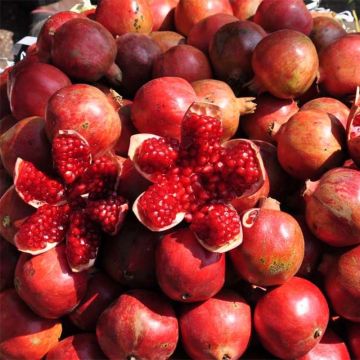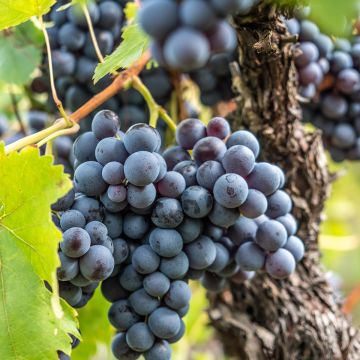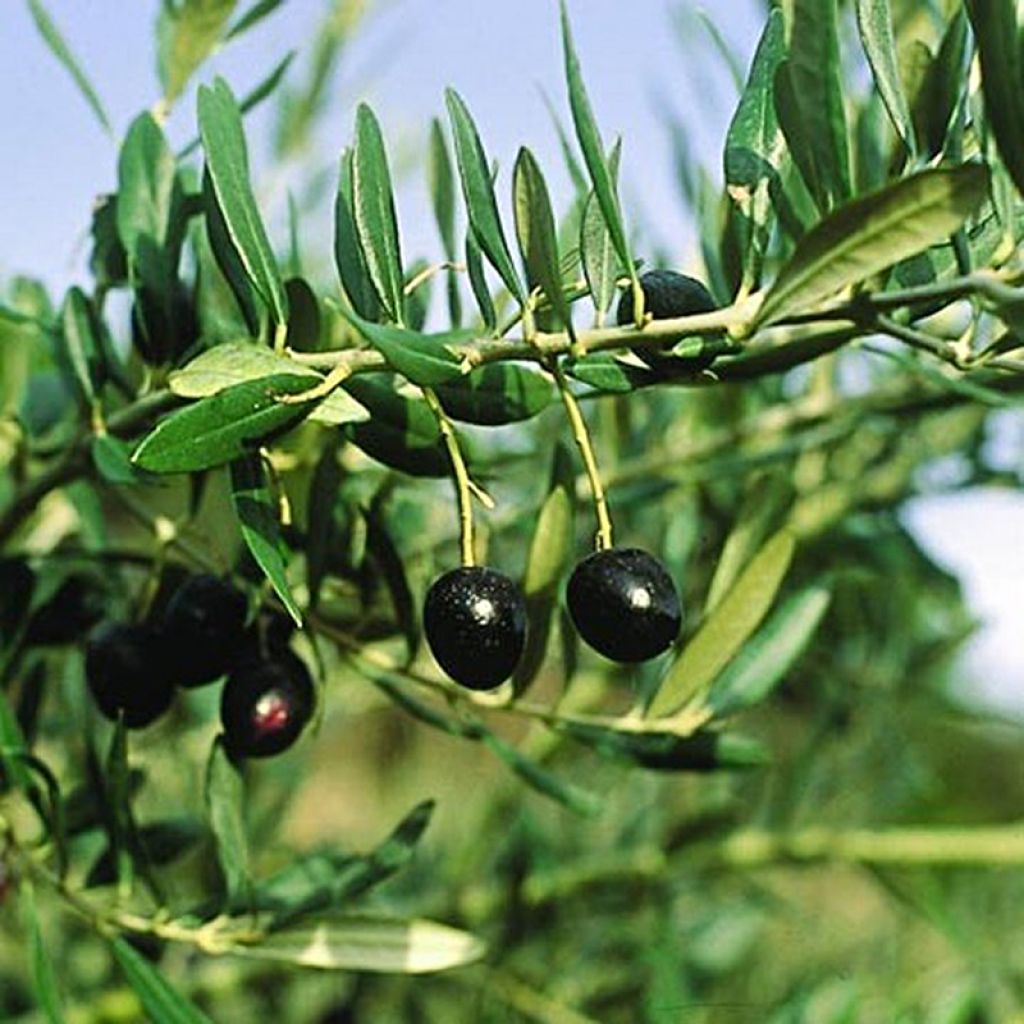

Olea europaea Bouteillan Olive Tree
Olea europaea Bouteillan Olive Tree
Olea europaea Bouteillan
European Olive, Common Olive
Petite question , peux t-on mettre en bocal la variété d'olives noires de l'arbre Bouteillan.?
Michele , 28/10/2020
Special offer!
Receive a €20 voucher for any order over €90 (excluding delivery costs, credit notes, and plastic-free options)!
1- Add your favorite plants to your cart.
2- Once you have reached €90, confirm your order (you can even choose the delivery date!).
3- As soon as your order is shipped, you will receive an email containing your voucher code, valid for 3 months (90 days).
Your voucher is unique and can only be used once, for any order with a minimum value of €20, excluding delivery costs.
Can be combined with other current offers, non-divisible and non-refundable.
Why not try an alternative variety in stock?
View all →This plant carries a 6 months recovery warranty
More information
We guarantee the quality of our plants for a full growing cycle, and will replace at our expense any plant that fails to recover under normal climatic and planting conditions.
Description
The Bouteillan Olive is an ancient variety. It is a vigorous variety with a quick fruiting. It produces ovoid, fleshy olives that ripen from green to black. The Bouteillan Olive is not self-fertile. Hardy, it has good resistance to cold and drought. Harvest takes place in October for green olives, and in November for oil and black olives. The later the harvest, the higher the oil yield will be. The produced oil has a green fruity taste with hints of pear and hay.
The expansion of the olive tree is linked to the establishment of the Mediterranean climate: this is the major constraint for its cultivation. The domestication of the olive tree is believed to have taken place six millennia ago. Olive trees are long-lived trees. The oldest olive tree in the world is now 3000 years old. The Bouteillan Olive originates from Var, in the Aups region of France.
The olive tree is a highly branched tree with a knotty trunk, hard and dense wood, and a cracked brown bark.
The leaves are elongated ovals, carried by a short petiole, quite hard, entire, rolled-up on the edges, dark green and shiny on the upper side, and light green and silvery with a prominent midrib on the lower side. The foliage is evergreen, always green, but that doesn't mean its leaves are immortal: they are constantly renewed.
The small white flowers are grouped in small clusters of 10 to 20, growing in the axils of the leaves in April-May, on the wood of the previous year. The Olive Bouteillan is not self-fertile. The presence of pollinating companions is necessary. Verdale de l'Hérault, Cayon, and Grossane are the most suitable.
The olives produced are ovoid, fleshy fruits that ripen from green to black. Their oil has a green fruity taste with hints of pear and hay.
Green olives are not consumed straight from the tree. They must first be prepared to remove any bitterness. There are many methods for preserving these green table olives. They are all based on the same principle, in 3 steps. 1/ Removing the bitterness with a caustic soda bath (a quick solution), or an ash lye, a more traditional and slower method. 2/ Rinsing. 3/ Brining with or without fermentation. For black olives, removing the bitterness is not necessary.
Table olives are consumed once prepared. They can also be used to produce olive oil.
Olea europaea Bouteillan Olive Tree in pictures
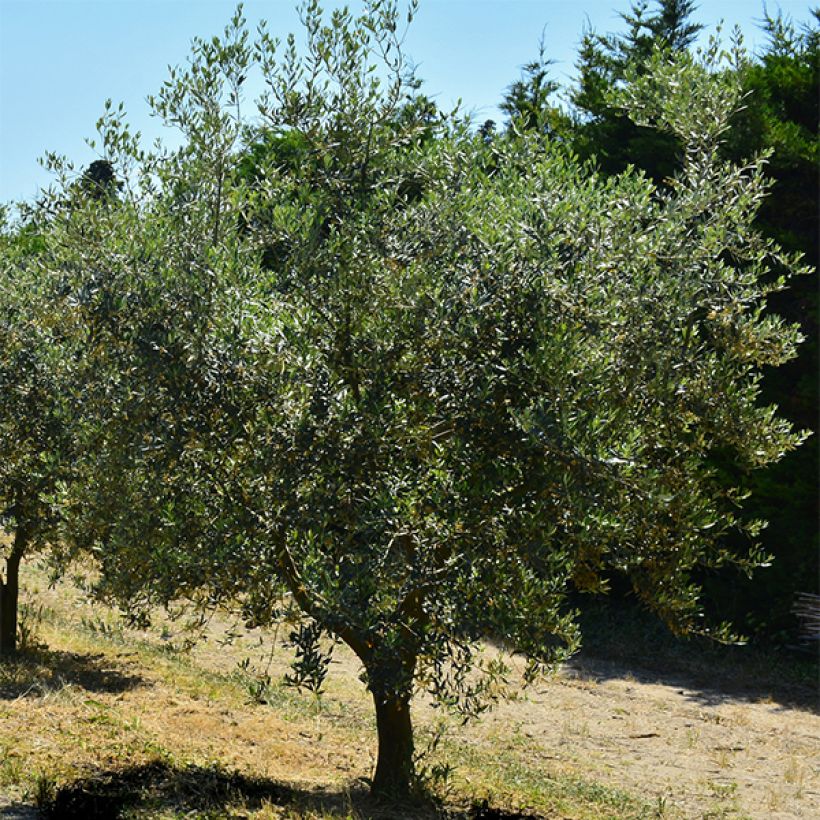

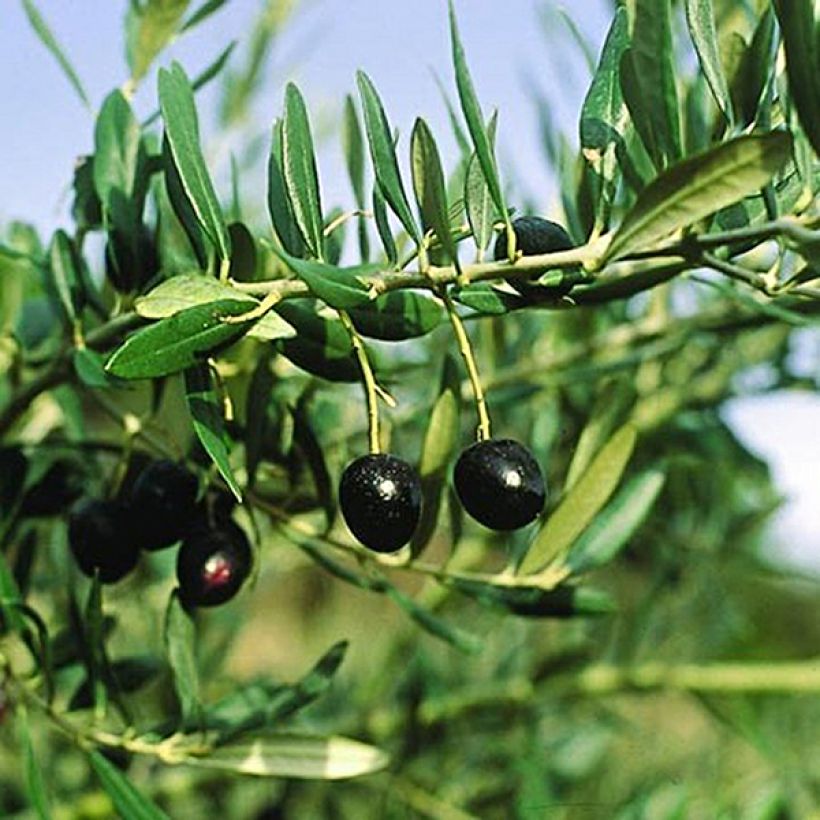

Plant habit
Fruit
Flowering
Foliage
Safety measures
Botanical data
Olea
europaea
Bouteillan
Oleaceae
European Olive, Common Olive
Mediterranean
atteinterespiratoire
Cette plante peut entraîner des symptômes allergiques.
Evitez de la planter si vous ou vos proches souffrez de rhinite saisonnière ("rhume des foins").
Davantage d'informations sur https://plantes-risque.info
Other Olive trees
View all →Planting and care
The Bouteillan Olive Tree can be grown both in containers and in open ground. In containers, in frost-prone regions, you can bring your olive trees indoors from October to March (or longer depending on the freezing periods in your region), into a bright room. In open ground, if you are not in a Mediterranean region, protect your tree with a netting and mulch the base. In all cases, choose a sunny location, with dry, rocky or even poor soil, always well-drained. Limestone soils are not a problem, but olive trees dislike waterlogged soils.
Planting: Dig a hole at least twice the size of the pot. Keep the root ball intact. If a root ball has formed, spread it out when planting. Place the root ball in the hole. Stake the tree well (if necessary, use two stakes. Young trees need protection from the wind). The tree should be staked until it reaches 5 years of age. Fill the hole with soil, firming it down. Create a raised mound around the tree at a distance of 50cm (20in) and pour 20 L of water in the middle, which will help the soil adhere to the roots and promote successful planting. Leave a distance of 6m (20ft) between trunks in all directions.
If you are growing in containers, remember to repot your olive trees every 3 years or so.
Planting period
Intended location
Care
Planting & care advice
-
, onOrder confirmed
Reply from on Promesse de fleurs
Similar products
Haven't found what you were looking for?
Hardiness is the lowest winter temperature a plant can endure without suffering serious damage or even dying. However, hardiness is affected by location (a sheltered area, such as a patio), protection (winter cover) and soil type (hardiness is improved by well-drained soil).

Photo Sharing Terms & Conditions
In order to encourage gardeners to interact and share their experiences, Promesse de fleurs offers various media enabling content to be uploaded onto its Site - in particular via the ‘Photo sharing’ module.
The User agrees to refrain from:
- Posting any content that is illegal, prejudicial, insulting, racist, inciteful to hatred, revisionist, contrary to public decency, that infringes on privacy or on the privacy rights of third parties, in particular the publicity rights of persons and goods, intellectual property rights, or the right to privacy.
- Submitting content on behalf of a third party;
- Impersonate the identity of a third party and/or publish any personal information about a third party;
In general, the User undertakes to refrain from any unethical behaviour.
All Content (in particular text, comments, files, images, photos, videos, creative works, etc.), which may be subject to property or intellectual property rights, image or other private rights, shall remain the property of the User, subject to the limited rights granted by the terms of the licence granted by Promesse de fleurs as stated below. Users are at liberty to publish or not to publish such Content on the Site, notably via the ‘Photo Sharing’ facility, and accept that this Content shall be made public and freely accessible, notably on the Internet.
Users further acknowledge, undertake to have ,and guarantee that they hold all necessary rights and permissions to publish such material on the Site, in particular with regard to the legislation in force pertaining to any privacy, property, intellectual property, image, or contractual rights, or rights of any other nature. By publishing such Content on the Site, Users acknowledge accepting full liability as publishers of the Content within the meaning of the law, and grant Promesse de fleurs, free of charge, an inclusive, worldwide licence for the said Content for the entire duration of its publication, including all reproduction, representation, up/downloading, displaying, performing, transmission, and storage rights.
Users also grant permission for their name to be linked to the Content and accept that this link may not always be made available.
By engaging in posting material, Users consent to their Content becoming automatically accessible on the Internet, in particular on other sites and/or blogs and/or web pages of the Promesse de fleurs site, including in particular social pages and the Promesse de fleurs catalogue.
Users may secure the removal of entrusted content free of charge by issuing a simple request via our contact form.
The flowering period indicated on our website applies to countries and regions located in USDA zone 8 (France, the United Kingdom, Ireland, the Netherlands, etc.)
It will vary according to where you live:
- In zones 9 to 10 (Italy, Spain, Greece, etc.), flowering will occur about 2 to 4 weeks earlier.
- In zones 6 to 7 (Germany, Poland, Slovenia, and lower mountainous regions), flowering will be delayed by 2 to 3 weeks.
- In zone 5 (Central Europe, Scandinavia), blooming will be delayed by 3 to 5 weeks.
In temperate climates, pruning of spring-flowering shrubs (forsythia, spireas, etc.) should be done just after flowering.
Pruning of summer-flowering shrubs (Indian Lilac, Perovskia, etc.) can be done in winter or spring.
In cold regions as well as with frost-sensitive plants, avoid pruning too early when severe frosts may still occur.
The planting period indicated on our website applies to countries and regions located in USDA zone 8 (France, United Kingdom, Ireland, Netherlands).
It will vary according to where you live:
- In Mediterranean zones (Marseille, Madrid, Milan, etc.), autumn and winter are the best planting periods.
- In continental zones (Strasbourg, Munich, Vienna, etc.), delay planting by 2 to 3 weeks in spring and bring it forward by 2 to 4 weeks in autumn.
- In mountainous regions (the Alps, Pyrenees, Carpathians, etc.), it is best to plant in late spring (May-June) or late summer (August-September).
The harvesting period indicated on our website applies to countries and regions in USDA zone 8 (France, England, Ireland, the Netherlands).
In colder areas (Scandinavia, Poland, Austria...) fruit and vegetable harvests are likely to be delayed by 3-4 weeks.
In warmer areas (Italy, Spain, Greece, etc.), harvesting will probably take place earlier, depending on weather conditions.
The sowing periods indicated on our website apply to countries and regions within USDA Zone 8 (France, UK, Ireland, Netherlands).
In colder areas (Scandinavia, Poland, Austria...), delay any outdoor sowing by 3-4 weeks, or sow under glass.
In warmer climes (Italy, Spain, Greece, etc.), bring outdoor sowing forward by a few weeks.






























